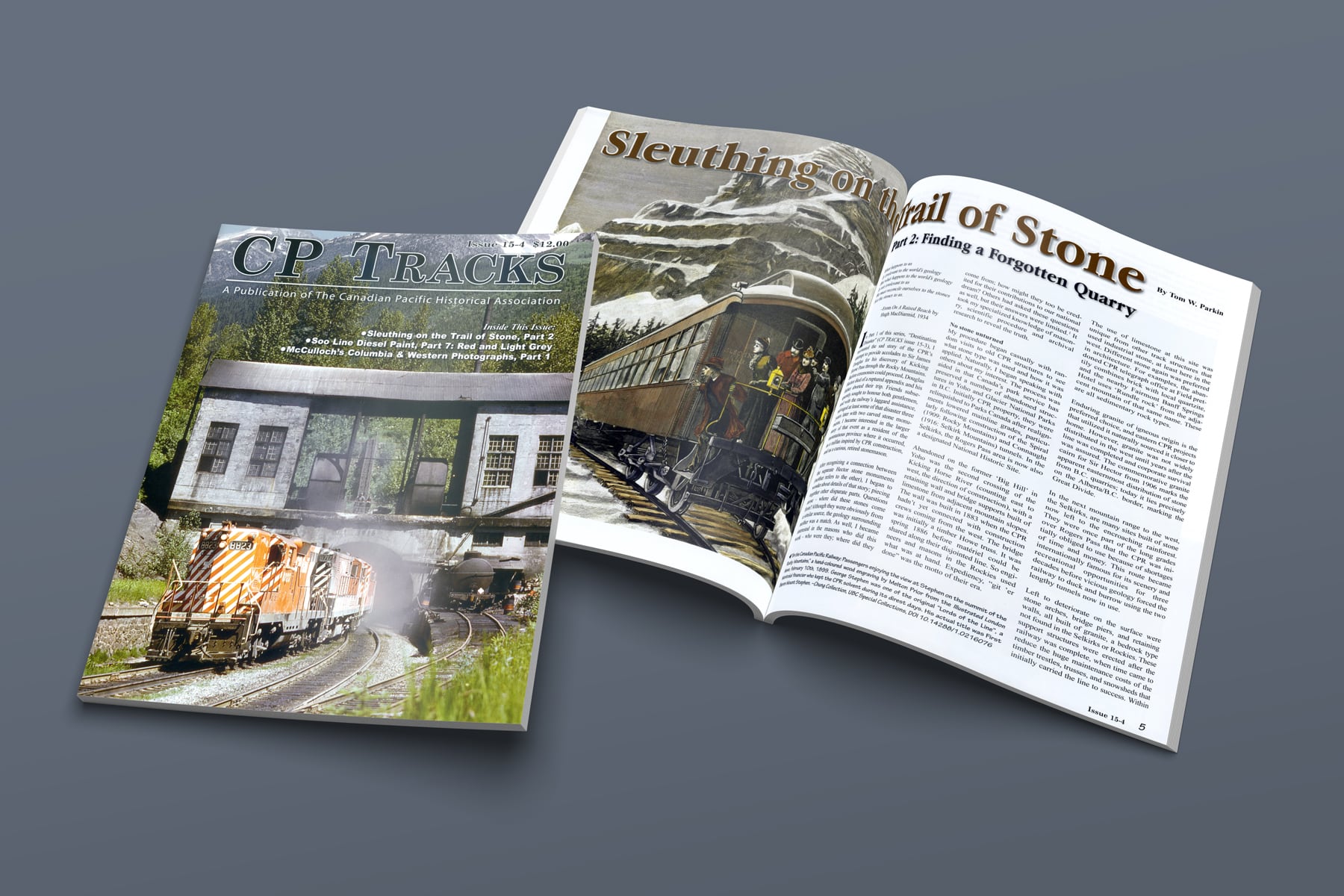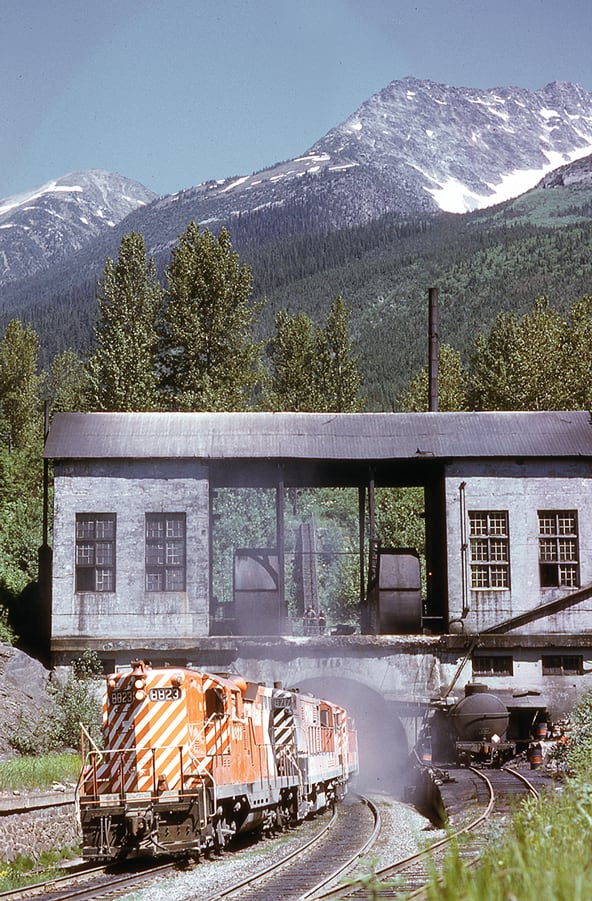Sleuthing on the Trail of Stone, Part 2 of 3 Finding a Forgotten Quarry

From the Article
Awarded Best Article by the Canadian Railroad Historical Association at the 2022 Exporail Awards
“The ensuing story reads like a mystery novel with clues, dead ends and no murder. He finds answers [using] petrographic sleuthing to historic masonry.”
Awarded The David P Morgan Article Award by the Railway & Locomotive Historical Society at the 2025 R&LHS Railroad History Awards
“An outstanding article of lasting significance to the interpretation of North America’s railroading history.”
Over decades, authors and authorities have attributed CPR stonework vaguely to Scots or others “brought over” for the work. I’ve long been suspicious of such assumptions. Such historians are not making use of the simplest tool available, the censuses of Canada, several of which are now transcribed and electronically indexed. Herein I’ve shown half of Camp Sixteen’s workers were born Canadians and all others had landed permanently. We need no longer defer our pride of place.

These railway quarrymen and masons played significant roles during their brief era – the transition between the use of wood and the introduction of concrete. Their names need no longer go unrecognized as the price of progress or as some inherent prejudice.
My application of petrographic sleuthing to historic masonry is a methodology previously unpublished, and possibly invented by this amateur. Two academics have credited it as worthy of a geoscience thesis. Wikipedia terms it “forensic masonry.” I simply advise readers they too, could expand our knowledge of CP history through their own curiosity or creative thinking.
